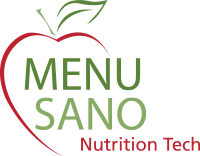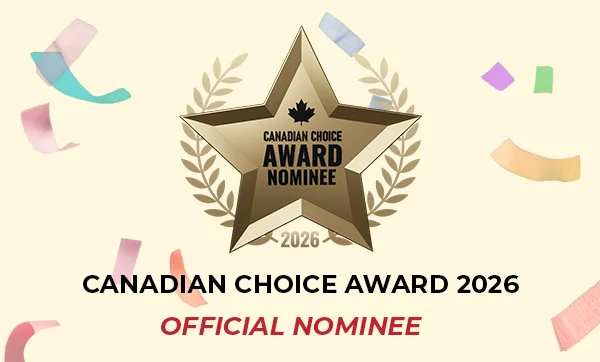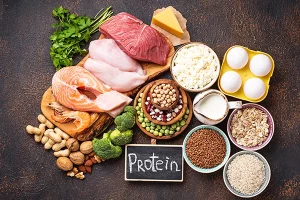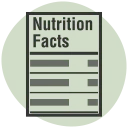Key Takeaways
- The FDA is banning synthetic, petroleum-based food dyes by 2026, including Red 40, Yellow 5, Yellow 6, Blue 1, Blue 2, Green 3, Citrus Red No. 2, and Orange B.
- Food manufacturers must reformulate products, remove artificial dyes, and update ingredient lists and nutrition labels to remain compliant.
- Health concerns and a push toward natural colour alternatives drive the shift.
- MenuSano offers essential tools for nutrition analysis, label reformulation, and FDA-compliant food labelling.
- Businesses should act now to meet the 2026 compliance deadline and avoid penalties or product recalls.
The FDA’s Bold Move to Remove Synthetic Food Dyes
In a landmark shift shaking the entire food industry, the FDA has announced a sweeping ban on synthetic food dyes set to be fully implemented by 2026. This ban targets a broad array of artificial food colour additives, many of which are petroleum-based, and have long been a staple in processed food products, beverages, snacks, and candies. The move aligns with growing public health concerns and years of scientific scrutiny regarding the health risks linked to synthetic dyes, particularly for children.
The synthetic colourants to be phased out include:
- Red 40 (Allura Red AC)
- Yellow 5 (Tartrazine)
- Yellow 6 (Sunset Yellow FCF)
- Blue 1 (Brilliant Blue FCF)
- Blue 2 (Indigo Carmine)
- Green 3 (Fast Green FCF)
- Citrus Red No. 2
- Orange B
This FDA food dye ban of 2026 mandates food producers to reformulate existing products, revise ingredient lists, and ensure complete nutrition label compliance in accordance with updated FDA labelling regulations.
Why Is the FDA Removing These Food Dyes?
The FDA’s decision follows extensive studies and advocacy from health organizations such as the Center for Science in the Public Interest (CSPI), which has long pushed to eliminate petroleum-derived dyes due to their potential to cause hyperactivity, allergic reactions, and possible links to cancer. European countries have already restricted or banned many of these additives, requiring warning labels or natural alternatives.
According to a 2025 FDA announcement, the agency is prioritizing consumer safety and transparency. The agency noted that natural colourants like beet juice, turmeric, and spirulina provide safer alternatives without compromising the visual appeal of food products.
What This Means for Food Manufacturers
Urgent Need for Reformulation and Compliance
Food and beverage companies must take swift action to remove banned food dyes from their product formulations. This is not simply a suggestion—it is a regulatory requirement. Noncompliance could result in penalties, product recalls, and reputational damage.
Key steps manufacturers need to take include:
- Identifying and eliminating all artificial food colour additives
- Finding natural colour replacements that do not affect taste or shelf life
- Updating ingredient lists and nutrition facts labels
- Ensuring full compliance with FDA labelling regulations
To ease this transition, businesses can rely on MenuSano to ensure compliant labelling and streamlined reformulation.
Understanding the Impact of Popular Synthetic Dyes
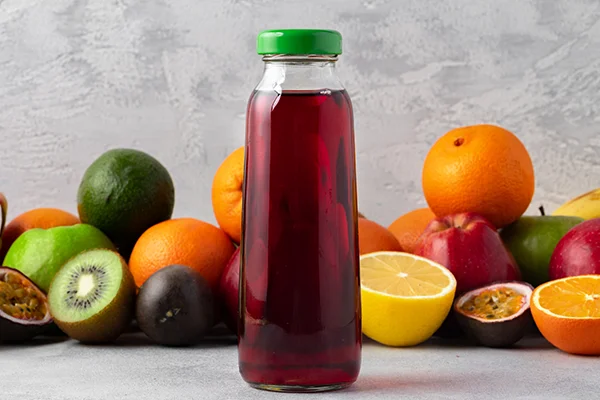
Red 40 Ban: The End of America’s Most Used Food Dye
Red 40, one of the most widely used food colourants in the U.S., has been linked to hypersensitivity reactions and behavioural issues in children. With the Red 40 ban, manufacturers must explore alternatives such as anthocyanins from berries or beet juice extract.
Yellow 5 and Yellow 6 Ban: Major Overhaul for Snack and Beverage Brands
Used extensively in breakfast cereals, chips, and sodas, Yellow 5 and Yellow 6 have faced backlash for their ties to allergic reactions and behavioural issues. The upcoming Yellow 5 ban and Yellow 6 ban will demand an aggressive labelling update and product reformulation effort.
Blue 1, Blue 2, and Green 3: Dyes Under Fire
Blue 1 and Blue 2 are commonly found in candies and ice pops, while Green 3 has seen more limited use. Nevertheless, their synthetic composition and potential health risks have earned them a spot on the ban list. Natural blue alternatives from spirulina extract and red cabbage derivatives are now being recommended.
Citrus Red No. 2 and Orange B: Obsolete Additives
These lesser-known colourants were primarily used on orange peels and sausage casings. Both dyes are now recognized as outdated and potentially carcinogenic, and their elimination is part of the FDA’s drive toward safer food production.
FDA Labelling Regulations: What’s Changing in 2026
The FDA’s new regulatory framework requires more than dye removal. It mandates updated food labelling, which means:
- Transparent declaration of all ingredients, including colour additives
- Compliance with revised nutrition label formats
- Accurate serving sizes and daily values
- Clean, readable fonts and layouts as per updated FDA formatting guidelines
MenuSano plays a vital role in helping food businesses stay compliant. It offers a robust platform for nutrition label creation, ingredient list updates, and regulatory checks to ensure accuracy and compliance with the FDA’s evolving standards.
Read more: The Ultimate Guide to FDA Nutrition Label Fonts and Sizes
How MenuSano Supports Food Industry Compliance
MenuSano’s labelling software is critical for companies adapting to this regulatory shift. Here’s how it supports compliance:
- FDA-compliant labelling tools tailored to the new 2026 regulations
- Integrated support for natural colour substitutes
- Real-time nutrition analysis and label generation
- Export-ready FDA-compliant formats
MenuSano ensures your products meet regulatory expectations, minimize risk, and maintain consumer trust, whether you are a small food startup or an established brand.
Preparing for 2026: A Timeline for Compliance
To meet the 2026 deadline, food businesses must act now. A structured roadmap can ease the transition:
Here’s a 12-step roadmap for food businesses to update their recipes:
- Audit current formulations
- Identify synthetic dyes in use
- Begin sourcing natural alternatives
- Reformulate products with approved natural dyes
- Test for shelf life, flavour, and appearance
- Consult with regulatory experts and leverage MenuSano
- Update ingredient lists
- Redesign labels with compliant formats
- Run labels through MenuSano’s compliance checker
- Launch reformulated products
- Notify retailers and consumers
- Monitor ongoing FDA updates for final adjustments
The Future of Food Labelling Is Clean, Transparent, and Compliant
As the FDA phases out synthetic colour additives, it signals a new era for the food industry—one centred on clean labelling, natural ingredients, and consumer safety. By embracing these changes early and using solutions like MenuSano, food manufacturers can ensure smooth compliance, maintain market access, and build consumer loyalty in a more transparent future.
The time to act is for companies still reliant on petroleum-based food dyes. The clock is ticking toward 2026, and the most brilliant move forward is a proactive approach to labelling and formulation.
